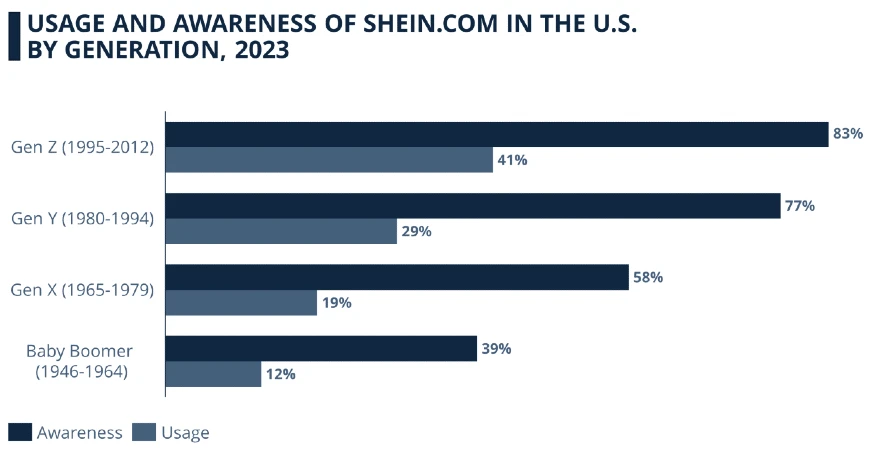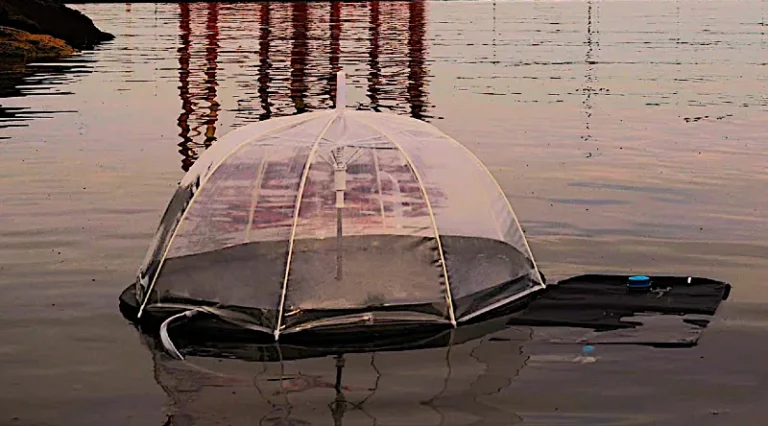A Tug-of-War Between Trendiness and Eco-Consciousness
Gen Z is caught in a paradox of fashion and sustainability. Despite a deep-seated commitment to environmentalism, this generation finds itself ensnared by the allure of fast fashion—a trend starkly at odds with their ecological values.
The whirlwind of cheap, trendy purchases, exemplified by sites like Shein and fueled by platforms like TikTok, offers a vivid glimpse into the internal conflict faced by young consumers today.

The High Cost of Low Prices
Shein and similar fast-fashion outlets have become synonymous with incredible deals that are hard to resist for Gen Z shoppers. The temptation is so strong that it often leads to what’s been dubbed the “10-minute Shein high,” where the thrill of acquisition quickly gives way to the reality of buyer’s remorse.
More To Discover
Maddy Lane, a Gen Z TikToker, candidly showcased the aftermath of such a spree—her room buried under a heap of cheap clothing and excessive packaging, a visual testament to regret.
@madelynlanee yay new clothes #shein #haul #fyp ♬ оригинальный звук - •
“This whole experience, this rush—it’s fleeting. Then life is boring again,” one commenter reflected on Lane’s post, capturing the transient joy that fast fashion brings.
The Environmental Disconnect
The environmental toll of fast fashion is no minor footnote. The industry is notorious for its heavy water usage, carbon emissions, and the persistent use of synthetic materials like polyester, nylon, and acrylic – substances that linger in the environment for decades and create microplastics. These clothes aren’t only a burden on natural resources but are also designed for disposability, contradicting the sustainability values many Gen Zers hold dear.

A 2022 ThredUp report reveals a troubling statistic: 72% of surveyed college students admitted to shopping at fast-fashion retailers in the previous year, with a third describing themselves as “addicted.” This addiction is further exacerbated by the constant barrage of targeted ads and the convenience of in-app shopping features on platforms like TikTok, making impulsive purchases nearly irresistible.
A Shift Towards Secondhand
Despite the grim portrayal of Gen Z’s shopping habits, there is a silver lining. The same demographic powering the fast fashion boom is also propelling the growth of the secondhand market. Platforms like Depop and Vinted have seen a surge in activity from Gen Z users, with Vogue Business dubbing them the “Depop generation.” This shift reflects a growing awareness and an effort to mitigate the adverse effects of their consumption habits.

Siena Barry-Taylor, a senior marketing executive at Thrift+, emphasized the changing mindset among her peers: “It’s becoming harder to justify shopping new, both for the planet and our wallets.” She adopts a personal policy of considering whether she would wear an item at least 40 times before purchasing it—or at least ensure it can be resold.
Navigating the Contradictions
This dichotomy within Gen Z—between the instant gratification of fast fashion and the enduring commitment to environmental principles—highlights a broader cultural challenge. As Gaby Mendes, founder of Talk Twenties, notes, “I get sucked in easily and have to remind myself that something is often cheap because it’s either poor quality or someone has been exploited in the process of it being made.”
Breaking free from the cycle of compulsive buying requires a conscious effort to resist the traps set by savvy marketing and the lure of low prices. As awareness grows and sustainable practices gain traction, there is hope that Gen Z’s influential power can steer the fashion industry toward a more sustainable and ethical path.















